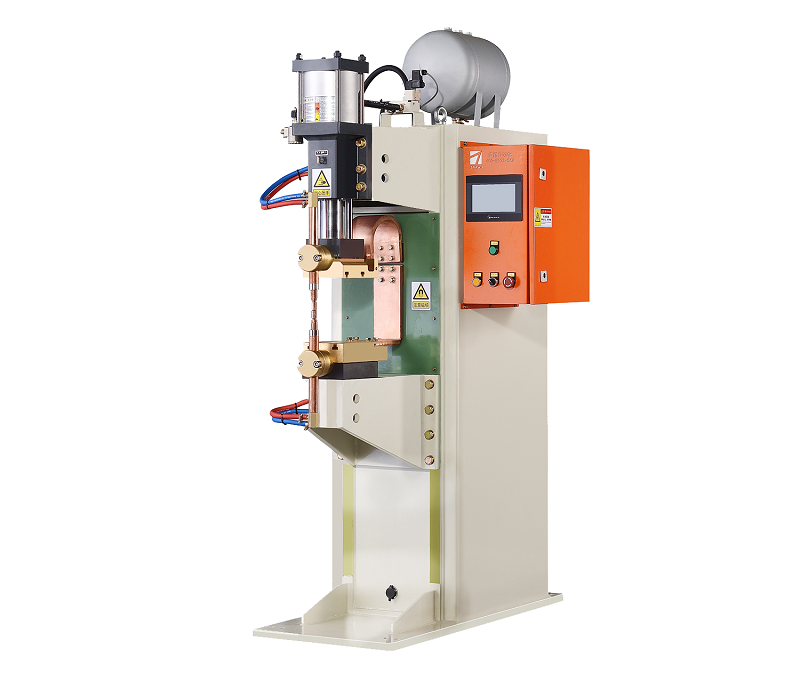How to Resolve Current Overlimit Issue in Medium Frequency Spot Welding Machine?
Medium frequency spot welding machines are widely used in various industries for their efficiency and precision in joining metal components. However, one common challenge that operators might encounter is the issue of current exceeding the specified limits during the welding process. This can lead to weld defects, equipment damage, and operational hazards. In this article, we will delve into potential solutions to address this problem and ensure smooth and safe welding operations.

1. Calibration and Monitoring: One of the initial steps in resolving the current overlimit issue is to ensure the machine’s calibration is accurate. Regularly calibrating the welding machine helps maintain its performance within the specified parameters. Additionally, implementing a real-time monitoring system can provide operators with instant alerts when the welding current approaches or exceeds the set limits. This proactive approach allows for immediate intervention and adjustment.
2. Electrode Maintenance: The condition of the welding electrodes significantly affects the welding process. Damaged or worn-out electrodes can cause erratic current flow and result in overlimit situations. Regularly inspecting and maintaining the electrodes, as well as replacing them when necessary, can help prevent current-related issues.
3. Material Preparation: Proper preparation of the materials to be welded is essential. Inconsistent material thickness, surface contaminants, or inadequate fit-up can lead to variations in resistance, causing the welding machine to compensate by increasing the current. Ensuring uniform material properties and proper preparation minimizes the need for excessive current adjustments.
4. Welding Parameters Optimization: Fine-tuning welding parameters such as welding current, welding time, and electrode pressure can significantly impact the welding process. Adjusting these parameters based on the specific materials being welded and the joint configuration can prevent the need for excessive current, reducing the risk of overlimit occurrences.
5. Cooling System Maintenance: Medium frequency spot welding machines generate heat during operation. If the cooling system is not functioning correctly or is clogged, the machine’s performance may be compromised, leading to increased current to compensate for the inefficiencies. Regular maintenance of the cooling system is crucial to ensure optimal operation.
6. Software Updates and Upgrades: Manufacturers often release software updates or upgrades for their welding machines to improve performance and address known issues. Keeping the machine’s software up to date can help resolve various operational glitches, including current overlimit problems.
7. Training and Operator Awareness: Proper training of machine operators is vital. Operators should be educated about the potential causes and consequences of current overlimit situations. They should also be trained to respond appropriately and swiftly to any alarms or alerts, taking corrective actions to prevent welding defects and equipment damage.
In conclusion, resolving the issue of current exceeding specified limits in medium frequency spot welding machines requires a multi-faceted approach. By implementing regular calibration, maintaining electrodes and cooling systems, optimizing welding parameters, and providing proper training, operators can effectively mitigate the risk of current-related problems. Ultimately, these measures will contribute to improved welding quality, extended equipment lifespan, and a safer working environment.